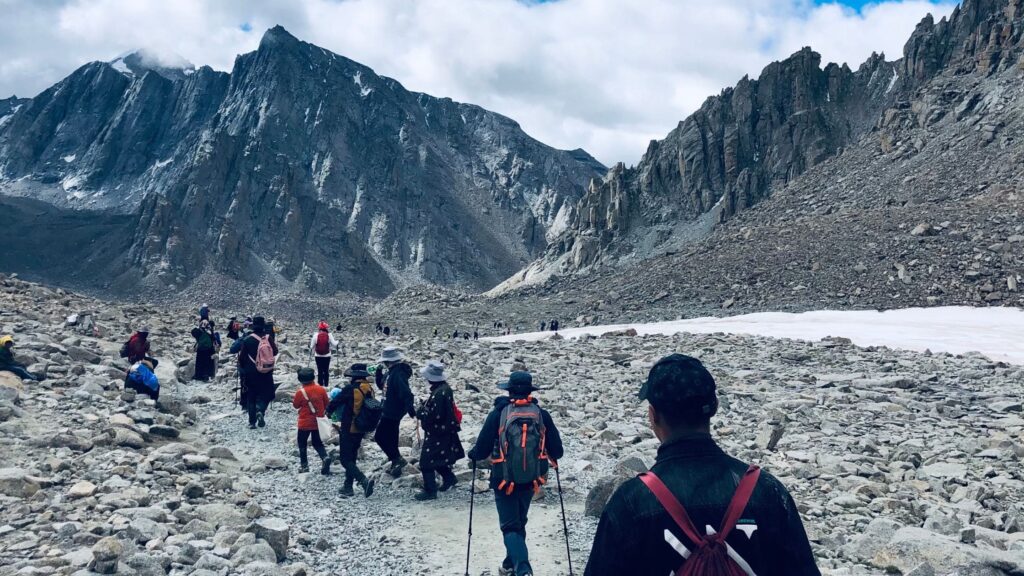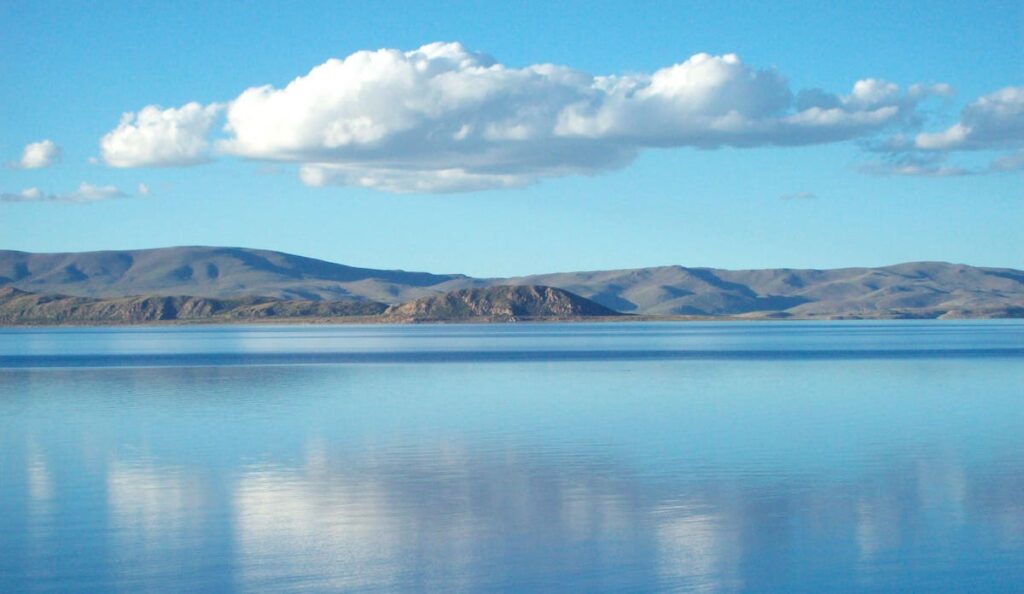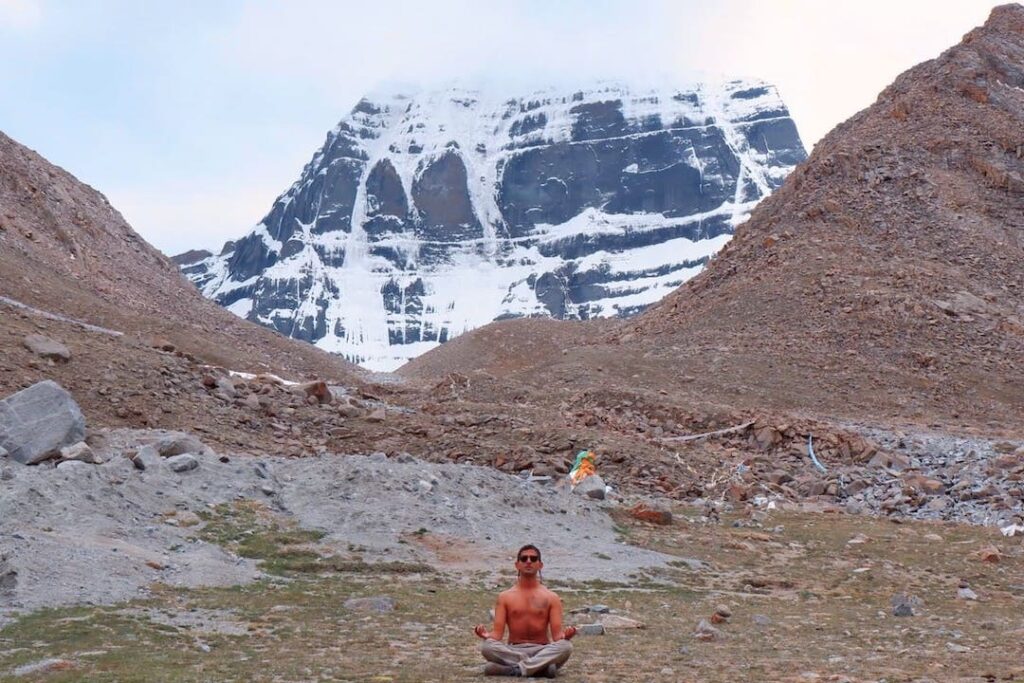Nestled deep in the remote reaches of western Tibet, Mount Kailash rises like a dark pyramid against the sky—untouched, unscaled, and revered by millions. This majestic mountain is not just a geographic marvel but also one of the most sacred places on earth, drawing pilgrims and adventurers from across the globe. For Buddhists, Hindus, Jains, and followers of the ancient Bon religion, a Mount Kailash trip is the journey of a lifetime—a path toward purification, transformation, and spiritual awakening.

Yet, a Kailash tour is also a test of physical endurance. High altitudes, rugged terrain, and extreme weather conditions make this one of the most demanding yet rewarding experiences in any Tibet tour. In this blog post, we’ll guide you through how to plan, prepare, and experience a successful trip to Mount Kailash—covering logistics, spiritual significance, and tips for making the most of your journey.
Why Mount Kailash is Sacred
Before diving into the practicalities, it’s important to understand why Mount Kailash holds such deep spiritual significance:
• Hindus believe Mount Kailash is the abode of Lord Shiva, the destroyer and regenerator of the universe.
• Buddhists revere it as the home of Demchok (Chakrasamvara), a wrathful deity who represents supreme bliss.
• Jains consider it the site where their first Tirthankara attained enlightenment.
• Bon followers regard it as the seat of their founder, Tonpa Shenrab.
The 52-kilometer circumambulation (called the Kora) around Mount Kailash is believed to wash away sins. Completing it once purifies a lifetime of misdeeds; 13 times ensures rebirth in paradise; and 108 times leads to instant enlightenment, or so the legends say.

How to Get to Mount Kailash
Traveling to Mount Kailash is not as simple as booking a bus ticket. Due to its remote location and Tibet’s strict travel regulations, all foreign travelers must go through a registered tour operator. Here’s how the journey typically unfolds:
1. Entering Tibet
To start your Tibet tour, you’ll need to enter through mainland China or Nepal:
• From China: Fly or take the train to Lhasa, Tibet’s capital.
• From Nepal: Travel overland from Kathmandu to Lhasa or straight toward Mount Kailash via Gyirong Port (available in organized tours only).
2. Necessary Travel Permits
Foreign travelers cannot travel independently in Tibet. You must secure:
• China Visa (for entry from mainland China)
• Tibet Travel Permit (arranged by your tour agency)
• Aliens’ Travel Permit and Military Permit (for western Tibet, including Mount Kailash)
Your tour operator will handle all of these, but plan well in advance as the process can take 2–3 weeks.
3. Route to Mount Kailash
Most travelers opt for the classic route:
• Lhasa → Gyantse → Shigatse → Saga → Lake Manasarovar → Darchen (base town for Mount Kailash)
This overland journey spans roughly 1,200 kilometers, offering spectacular views of Yamdrok Lake, glaciers, Himalayan passes, and nomadic settlements.
When to Visit Mount Kailash
The best time for a Kailash tour is May to mid-October, with June to September being the most popular months due to warmer temperatures and clearer skies.
Seasonal Considerations:
• Spring (May–June): Crisp air and fewer tourists. Snow may still linger at high passes.
• Summer (July–August): Most popular time; lush pastures and Tibetan festivals like Saga Dawa draw pilgrims.
• Autumn (September–mid-October): Cooler but stunning, with golden grasslands and clear views.
Avoid winter months (Nov–April), as heavy snow can block access roads and make trekking dangerous.

Lake Manasarovar: The Holy Prelude
Before reaching Mount Kailash, most itineraries include a stop at Lake Manasarovar, one of the most sacred lakes in Asia. Located about 30 km south of Kailash, the lake is associated with purity and creation in Hindu and Buddhist traditions.
Things to Do:
• Ritual bathing (if conditions allow)
• Short kora around the lake
• Meditation and quiet walks
• Photography at sunrise or sunset
Spending a night at Chiu Monastery, overlooking the lake, is highly recommended.
The Kailash Kora: A Journey of Devotion and Endurance
The centerpiece of a Mount Kailash trip is the Kora, a three-day trek around the base of the mountain. Pilgrims and trekkers alike take on this sacred circuit, often at altitudes exceeding 5,000 meters.
Route Overview (52 km total):
Day 1: Darchen to Dirapuk Monastery (20 km)
• Gentle start, gradually ascending
• Amazing views of Kailash’s north face
• Overnight at Dirapuk (alt. 5,080m)
Day 2: Dirapuk to Zutulpuk Monastery via Drolma La Pass (22 km)
• The toughest day
• Cross Drolma La Pass (5,630m) — the spiritual climax
• See Gauri Kund (Lake of Compassion)
• Long descent to Zutulpuk
Day 3: Zutulpuk to Darchen (10 km)
• Easy walk across the river valley and the rocky plains
• Return to Darchen for celebration and rest

Physical Preparation & Altitude Tips
Even seasoned hikers find the Kailash tour physically demanding due to its extreme elevation and thin air.
Tips for Preparation:
• Train ahead of time: Include cardio, leg strength, and long walks.
• Practice high-altitude hiking, if possible.
• Stay hydrated and avoid alcohol before the trek.
• Acclimatize in Lhasa and en route (minimum 3–5 days).
• Carry altitude sickness medication like Diamox.
• Know the signs: Headache, dizziness, nausea—descend if severe.
Packing Essentials for Mount Kailash
• Warm clothing: Layers are key. Include a down jacket, thermal base layers, gloves, and a hat.
• Sturdy trekking boots
• Sleeping bag (many guesthouses are basic and unheated)
• Snacks and high-energy food
• Water purification tablets or filter
• Sunscreen, sunglasses, and lip balm
• Trekking poles
• Personal medications and first aid kit
• Prayer flags (optional, many leave them at Drolma La Pass)
Spiritual Etiquette and Cultural Tips
• Walk clockwise around Mount Kailash (except Bon pilgrims who walk counterclockwise).
• Do not attempt to climb the mountain. It is considered profoundly disrespectful.
• Respect locals’ practices: Don’t photograph rituals without permission.
• Avoid loud music, drone flying, or commercial behavior.
• Greet people with a slight bow or “Tashi Delek” (good fortune).
Travel Packages & Costs
A Mount Kailash trip is usually offered as a private or small-group Tibet tour, lasting 15–18 days.
Typical Costs:
• Budget Group Tour: $2,500–$3,500 per person
• Private Mid-Range Tour: $3,800–USD 5,000
• Luxury Tour: $6,000+ with upgraded transport, lodges, and support crew
Inclusions:
• All permits and Tibet tour paperwork
• Guide, driver, and vehicle
• Basic accommodation and meals during the trek
• Oxygen tanks and emergency support
Why a Mount Kailash Trip Is Life-Changing
Many travelers report that the Kailash tour transforms their lives—not just physically, but emotionally and spiritually. Whether it’s the profound silence of the mountains, the humility of walking among devoted pilgrims, or the exhilaration of overcoming challenges, this journey taps into something deeper.
Conclusion: A Pilgrimage Worth Every Step
Traveling to Mount Kailash is not a casual vacation—it is a pilgrimage that tests the body, opens the heart, and elevates the spirit. It challenges you with thin air and long miles, but gifts you with sacred energy, inner clarity, and a renewed sense of purpose.
Whether you’re seeking personal transformation, a deeper connection with the divine, or simply the awe of walking where sages and seekers have walked for millennia, a Mount Kailash trip is the kind of Tibet tour that stays with you forever.
⸻
Ready to begin your Kailash journey?
Let me help you build a detailed itinerary and choose the right tour operator for your spiritual and adventure goals.
Let’s plan your path to the sacred. 🕉️

[…] 10. Recap: Key Principles for Safe High‑Altitude Trekking […]